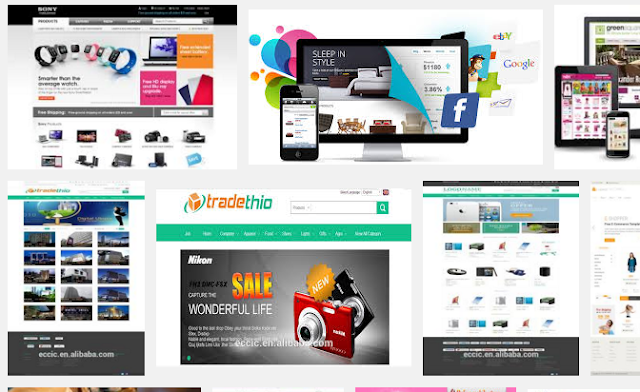Language Translation for Ecommerce: Good and Bad Examples
Ecommerce sites sometimes translate prices into a local currency, but nothing else — product names, action buttons, and descriptions remain in English. This is frustrating for local consumers, especially if they read and speak only their native language.
Almost No Translation
Some retailers launch in a market without catering to localized consumer needs. The retailers presumably believe that the brand and the products will drive traffic; but that is not always the case. Even if they generate decent revenue, they could produce a lot more with a fully translated site.Gilt Groupe is one such retailer. Its Japanese site has almost no translation. The menu is in English. The banner image uses a Caucasian model that bears little resemblance to most of the target customers. And the site design is very sparse, unlike competing Japanese retail websites.
Limited Translation
Sites with incomplete and inconsistent translations are common. An example is the White House Spanish site, which only includes a translated press release instead of a full translation of all elements on the site. This has an adverse impact on Spanish-only speakers.
Completely Translated Site
A site supporting another language should have everything in that language.Unfortunately, very few retailers do this, as it’s expensive and difficult to justify the return on investment.Ebay does an excellent job with complete translation, as shown in the screenshot of its Italian site, below. Every part of the site has been translated, including the menu, the banner image, the promotions, and even the action buttons. There is no English on the site.
| Practicalecommerce |



Comments
Post a Comment